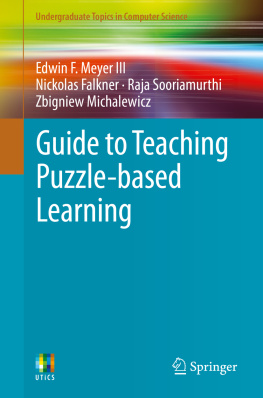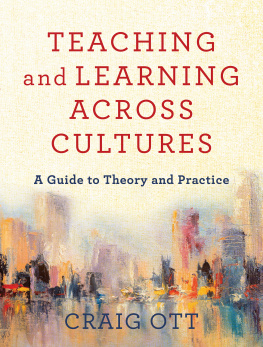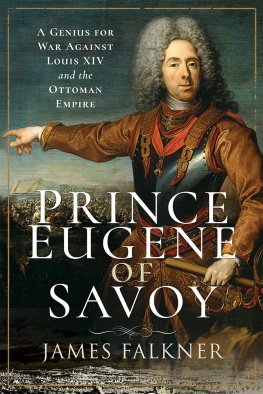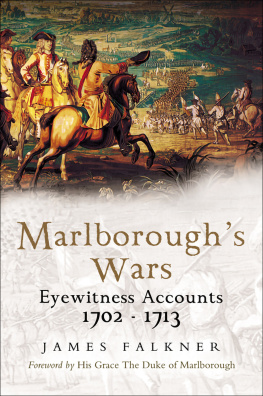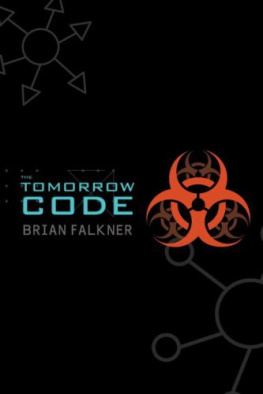Falkner Nickolas - Guide to Teaching Puzzle-based Learning
Here you can read online Falkner Nickolas - Guide to Teaching Puzzle-based Learning full text of the book (entire story) in english for free. Download pdf and epub, get meaning, cover and reviews about this ebook. City: London, year: 2014, publisher: Imprint, Springer, Springer London, genre: Religion. Description of the work, (preface) as well as reviews are available. Best literature library LitArk.com created for fans of good reading and offers a wide selection of genres:
Romance novel
Science fiction
Adventure
Detective
Science
History
Home and family
Prose
Art
Politics
Computer
Non-fiction
Religion
Business
Children
Humor
Choose a favorite category and find really read worthwhile books. Enjoy immersion in the world of imagination, feel the emotions of the characters or learn something new for yourself, make an fascinating discovery.
- Book:Guide to Teaching Puzzle-based Learning
- Author:
- Publisher:Imprint, Springer, Springer London
- Genre:
- Year:2014
- City:London
- Rating:5 / 5
- Favourites:Add to favourites
- Your mark:
- 100
- 1
- 2
- 3
- 4
- 5
Guide to Teaching Puzzle-based Learning: summary, description and annotation
We offer to read an annotation, description, summary or preface (depends on what the author of the book "Guide to Teaching Puzzle-based Learning" wrote himself). If you haven't found the necessary information about the book — write in the comments, we will try to find it.
Guide to Teaching Puzzle-based Learning — read online for free the complete book (whole text) full work
Below is the text of the book, divided by pages. System saving the place of the last page read, allows you to conveniently read the book "Guide to Teaching Puzzle-based Learning" online for free, without having to search again every time where you left off. Put a bookmark, and you can go to the page where you finished reading at any time.
Font size:
Interval:
Bookmark:
Motivation and Teaching

- Given two eggs, for a 100-story building, what would be an optimal way to determine the highest floor, above which an egg would break if dropped?
- Suppose you buy a shirt at a discount. Which is more beneficial to us: apply the discount first and then apply sales tax to the discounted amount or apply the sales tax first and then discount the taxed amount? What do stores do?
- If you have a biased coin (say, comes up heads 70 % of the time and tails 30 %), is there a way to work out a fair, 50/50 toss?
- A $10 gold coin is half the weight of a $20 gold coin. Which is worth more: a kilogram of $10 gold coins or half a kilogram of $20 gold coins?
- A farmer sells 100 kg of mushrooms for $1 per kg. The mushrooms contain 99 % moisture. A buyer makes an offer to buy these mushrooms a week later for the same price. However, a week later, the mushrooms would have dried out to 98 % of moisture content. How much will the farmer lose if he accepts the offer?
- If you heat a metal washer with a hole in the middle, what happens to the size of the hole?
Font size:
Interval:
Bookmark:
Similar books «Guide to Teaching Puzzle-based Learning»
Look at similar books to Guide to Teaching Puzzle-based Learning. We have selected literature similar in name and meaning in the hope of providing readers with more options to find new, interesting, not yet read works.
Discussion, reviews of the book Guide to Teaching Puzzle-based Learning and just readers' own opinions. Leave your comments, write what you think about the work, its meaning or the main characters. Specify what exactly you liked and what you didn't like, and why you think so.

